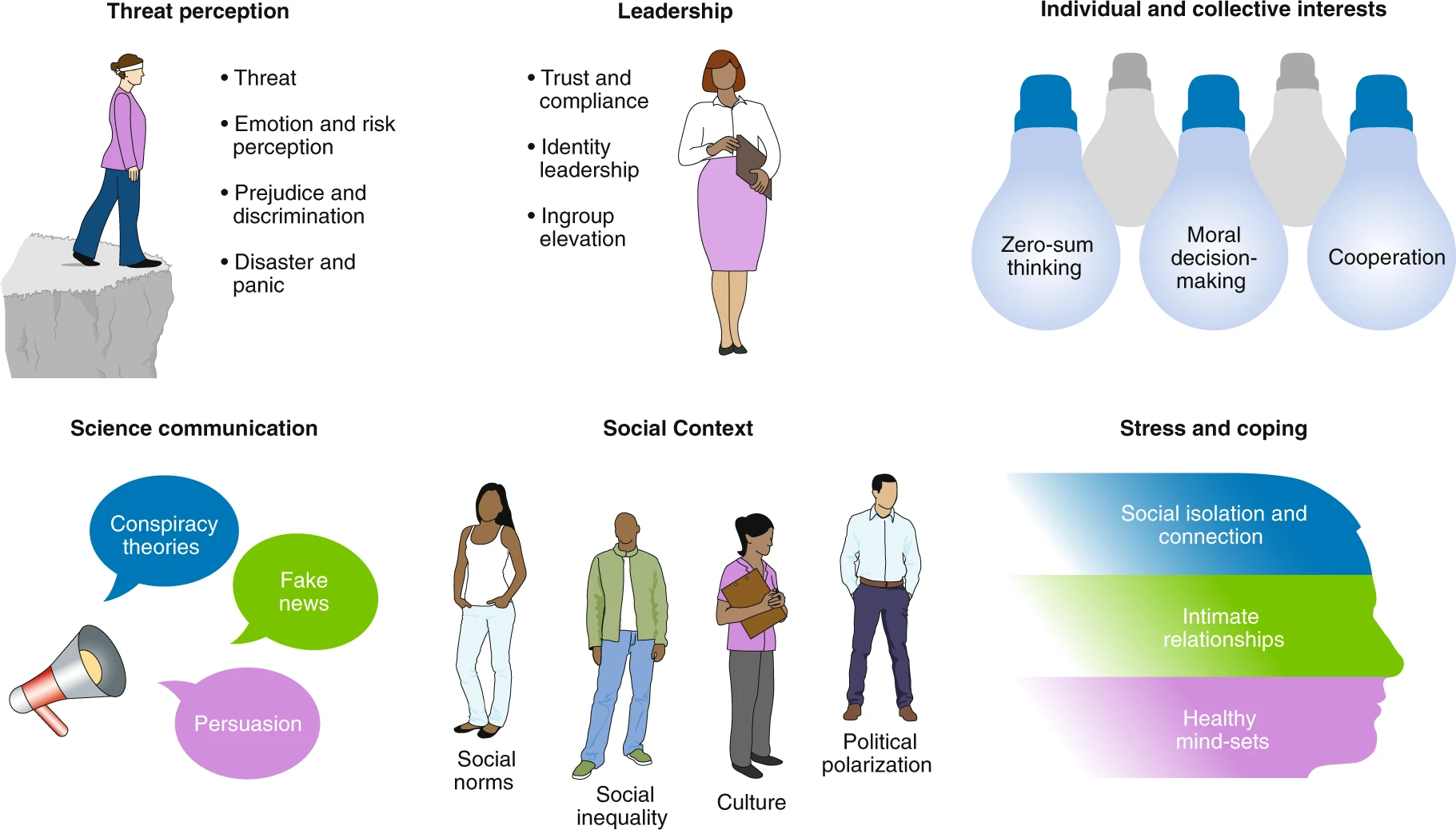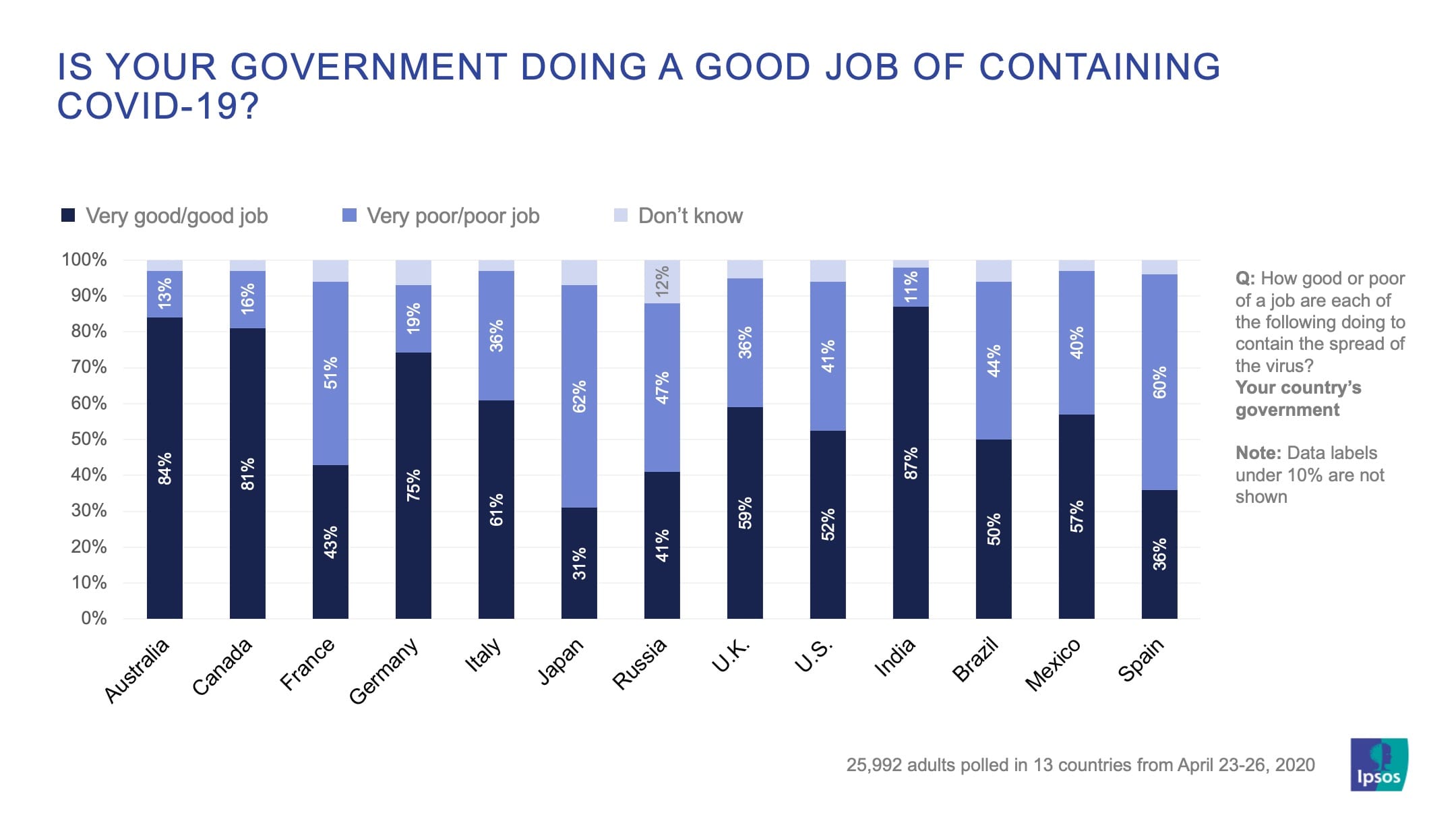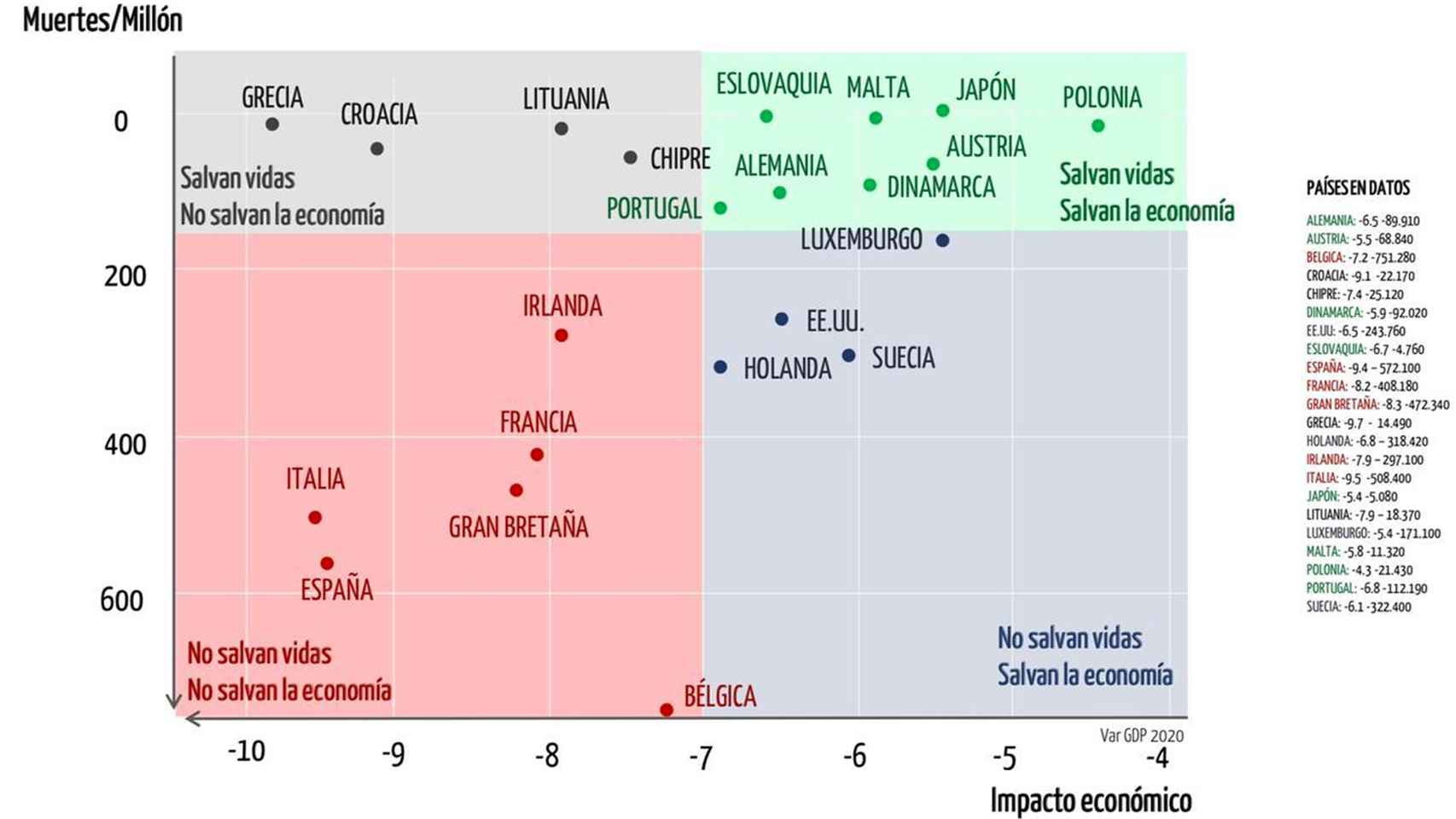Mammoth Biosciences (a firm founded by Jennifer Doudna) has partenered with GSK to commercialise a CRISPR Covid test. Therefore, there are right now two firms in the race: Sherlock and Mammoth.
The paper in Nature explains the details:
Here we report the development and initial validation of a CRISPR–Cas12-based assay9 for detection of SARS-CoV-2 from extracted patient sample RNA, called SARS-CoV-2 DNA Endonuclease-Targeted CRISPR Trans Reporter (DETECTR). This assay performs simultaneous reverse transcription and isothermal amplification using loop-mediated amplification (RT–LAMP)14 for RNA extracted from nasopharyngeal or oropharyngeal swabs in universal transport medium (UTM), followed by Cas12 detection of predefined coronavirus sequences, after which cleavage of a reporter molecule confirms detection of the virus. We first designed primers targeting the E (envelope) and N (nucleoprotein) genes of SARS-CoV-2 (Fig. 1a). The primers amplify regions that overlap the World Health Organization (WHO) assay (E gene region) and US CDC assay (N2 region in the N gene)6,15, but are modified to meet design requirements for LAMP. We did not target the N1 and N3 regions used by the US CDC assay, as these regions lacked suitable protospacer adjacent motif sites for the Cas12 guide RNAs (gRNAs). Next, we designed Cas12 gRNAs to detect three SARS-like coronaviruses (SARS-CoV-2 (accession NC_045512), bat SARS-like coronavirus (bat-SL-CoVZC45, accession MG772933) and SARS-CoV (accession NC_004718)) in the E gene and specifically detect only SARS-CoV-2 in the N gene (Supplementary Fig. 1). This design is similar to those used by the WHO and US CDC assays, which use multiple amplicons with probes that are either specific to SARS-CoV-2 or are capable of identifying related SARS-like coronaviruses.
Edward Hopper







